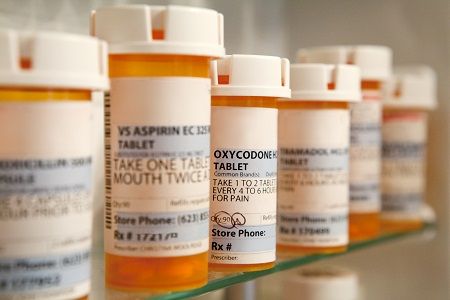Doctors Predict Pediatric Opioid Poisonings Will Persist Unless Something Changes
The number of hospitalizations for opioid poisonings in adolescents and teens has skyrocketed in about 16 years. So why would it slow down now?

The number of hospitalizations for opioid poisonings in adolescents and teens has skyrocketed in about 16 years. So why would it slow down now? That’s exactly it, researchers don’t think that it will unless something drastic is done.
Julie R. Gaither, PhD, MPH, RN, and colleagues from the Yale School of Medicine pulled pediatric hospital records every three years from 1997 to 2012. A nationally representative sample of 13,052 discharge records were collected to identify several trends in children ages 1 to 19.
All of the patients had been hospitalized for opioid poisonings, but the team was also looking for how heroin contributed in teenagers. Males made up 34.7% of the hospitalizations in 1997, but by 2012 that statistic increased to 47.4%. Nearly three-fourths (73.5%) of patients were Caucasian and almost half (48.8%) had private insurance. But from the start to the finish of the study, the proportion of kids covered by Medicaid grew (24.1% vs. 44%). One hundred and seventy-six (1.3%) kids had died while in the hospital.
The rate of kids ages 1 to 19 hospitalized for opioid poisonings increased from 1.40 to 3.71 per 100,000 children — a 165% jump – between the two years. To break that down by the youngest and oldest sage groups:
- Ages 1 to 4: 205% increase — from 0.86 to 2.62 per 100,000 children
- Ages 15 to 19: 176% increase — from 3.69 to 10.17 per 100,000 children
In the oldest age group, heroin poisonings increased by 161% and methadone poisonings increased by 950% from 1997 to 2012. Notably, there was an increase in cases where opioid poisonings were apart of suicide and self-inflicted injury (140% increase in ages 15 to 19 and 27% increase in ages 10 to 14).
Opioid guidelines have changed over the years — whether doctors like it or not. So, in theory, these hospitalization rates should be decreasing.
“Emerging data suggest that in recent years, physicians have been prescribing opioids less frequently,” the researchers wrote in JAMA Pediatrics. “From 2011 to 2013, the number of opioids dispensed in the United States slightly decreased. Our data showed a similar marginal decrease in the overall incidence of hospitalizations for prescription opioid poisonings from 2009 to 2012.”
There are several reasons that the data shows an increase in hospitalizations across all of the age group from 1997 to 2012. Whether the opioids are obtained through prescription or illicitly, the researchers said that it’s likely to remain persistent and grow unless curbing efforts start to be focused on the younger population.
Related Coverage:
FDA Approves OxyContin for Certain Children
Half of Adolescents Taking Opioids Misuse Them
Most Doctors Don’t Tell Parents What to Do with a Child’s Leftover Opioids